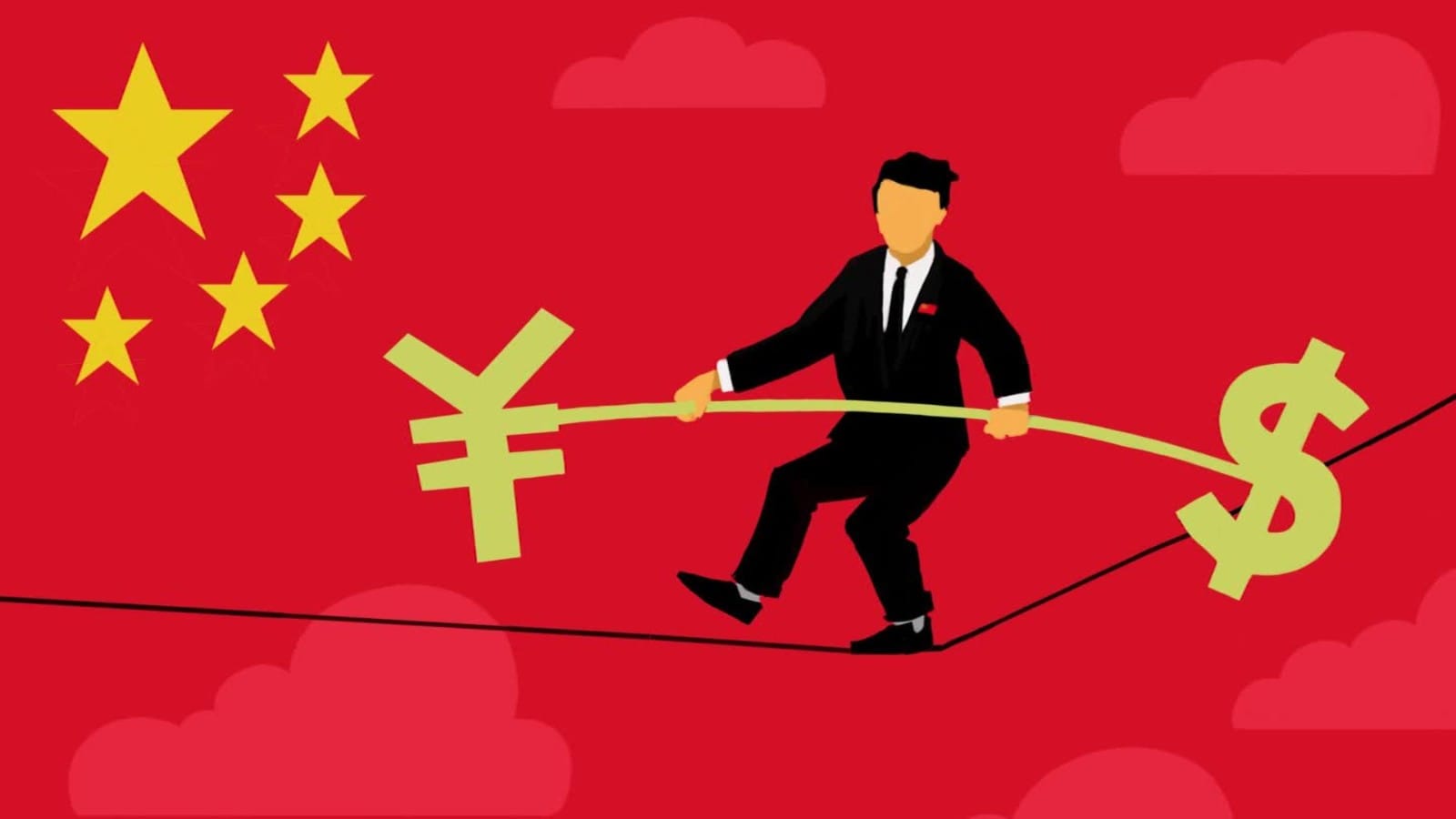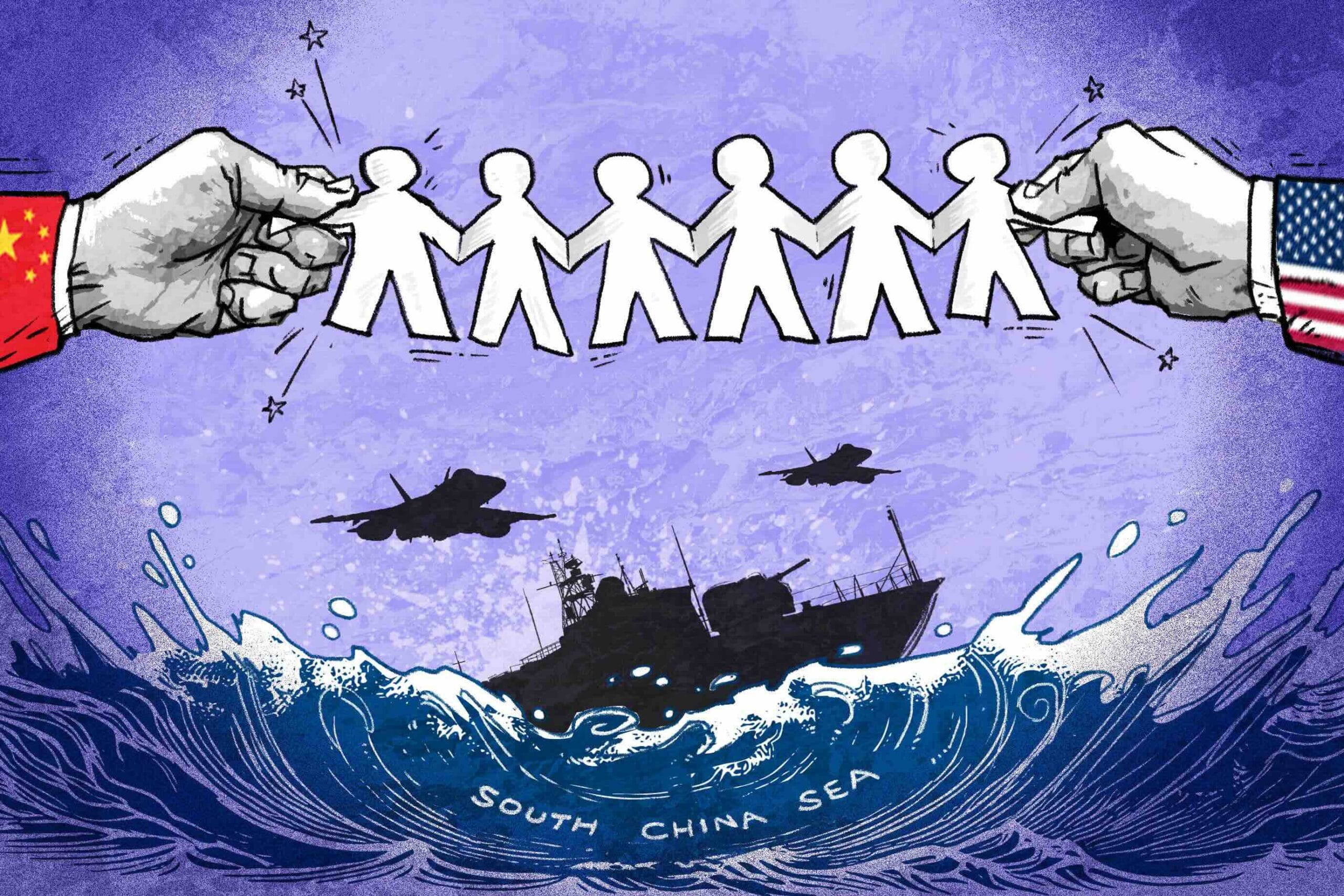Least-developed countries host the largest number of refugees, according to UNHCR. In Asia and the Pacific, 90% of all refugees are concentrated in three nations: Iran (3.4 million), Pakistan (1.7 million), and Bangladesh (952,400), with Iran and Pakistan sheltering one of the largest Afghan refugee populations. Once a safe haven for Afghans fleeing persecution, Pakistan’s stance has now drastically shifted. The Pakistan Interior Ministry has advised all Afghan nationals to leave by March 31, 2025, with Afghan Citizen Card (ACC) holders required to depart voluntarily before the deadline or face deportation from April 1, 2025. This directive falls under Pakistan’s Illegal Foreigners Repatriation Program (IFRP), in effect since November 1, 2023.
In recent years, Pakistan has increasingly viewed the prolonged stay of Afghan refugees as a strain on resources and a security threat, particularly with the resurgence of the Taliban Government in 2021.
Historical Context
Afghanistan has always been in a state of constant turmoil, marked by puppet governments, regime changes, ethnic strife, and foreign interventions. Periods of conflict have fuelled the rise of powerful warlords who have vied for control, often leading to prolonged violence and instability. Radical groups have also emerged over time, further complicating efforts to establish lasting governance. For decades, Pakistan has borne the impact of Afghanistan’s instability, balancing humanitarian responsibilities with security and economic concerns. The Afghan refugee crisis, one of the longest humanitarian crises in modern history, began in 1978 after Afghanistan’s Marxist coup and further escalated with the Soviet invasion in 1979.
Fleeing conflict and persecution, Afghan refugees crossed through mountain passes along the Durand Line, settling in border provinces of Khyber Pakhtunkhwa, Balochistan and in major cities like Karachi, Peshawar, and Quetta. By the early 1980s, over 3.2 million Afghans had sought refuge in Pakistan with children under 12 making up 43.55% of refugees in camps—a figure that remained consistent for years. General Zia-ul-Haq’s government adopted an open-door policy, welcoming them based on religious and ethnic ties, with financial support from the UNHCR, the U.S., and Saudi Arabia. By the mid-1980s, 60% of Afghan refugees were housed in camps concentrated along the border regions, where humanitarian aid efforts were focused.
From 1992 to 1996, 1.2 million refugees returned under UNHCR’s voluntary repatriation program, yet many remained due to continued instability. The Taliban’s rise in 1996 triggered another wave of migration, particularly among minorities like Hazaras, Tajiks, and Uzbeks. By 2000, Pakistan still hosted over 2.2 million Afghan refugees. The U.S.-led invasion of Afghanistan in October 2001 spurred a mass repatriation effort, with expectations that refugees would return after the Taliban’s overthrow. Between 2002 and 2005, around 2.5 million Afghan refugees voluntarily repatriated, encouraged by UNHCR assistance and Afghanistan’s reconstruction efforts.
By the mid-2010s, Pakistan’s policy toward Afghan refugees began to shift, Afghan refugees once seen as allies, were increasingly seen as an economic burden and security risk. Reports indicated rising crime rates and the expansion of drug trafficking and arms smuggling networks linked to Afghan refugee settlements. The 2014 National Action Plan led to crackdowns on undocumented refugees, and in 2016, Pakistan launched its largest repatriation drive, expelling 365,000 Afghans. The 2021 U.S. withdrawal and Taliban’s return triggered another migration wave, with over 250,000 seeking refuge in Pakistan, but the government imposed tighter border controls and refused to set up large-scale refugee camps. As of March 2025, Pakistan still hosts 2.1 million Afghan refugees.
Current Situation
All the views and opinions expressed are those of the author. Image Credit – Council on Foreign Relations.
About the Author

Rishab Rathi is currently serving as a Research Associate at the Center for Policy Research and Governance (CPRG). Rishab holds a Master’s degree in International Relations from Indra Gandhi National Open University (IGNOU) and a Diploma in Strategic Studies from Chanakya University. With a focus on impactful global issues, he has led research projects such as “Radicalization of Islam and its Effects on Women” and “Regional and Communal Politics of Afghanistan.” His professional experience includes extensive collaboration with think tanks, consulting firms, and international development aid agencies. Additionally, he has partnered with the embassies of South Africa and Chad, contributing to diplomatic initiatives and advancing cross-cultural engagement.



